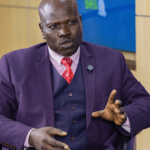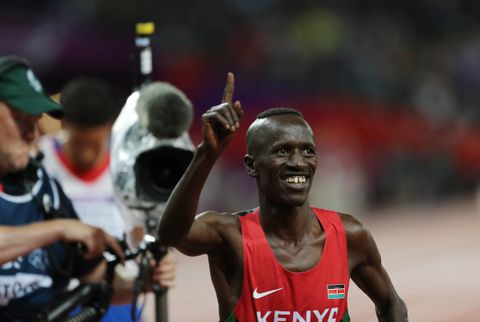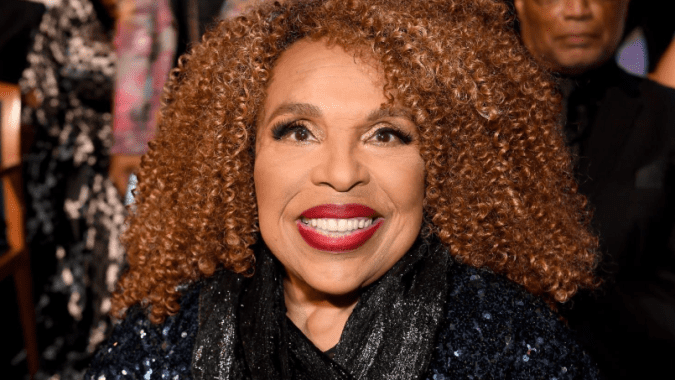How Ezekiel Kemboi kept Kenya’s steeplechase legacy alive for over a decade.
When Souffian El Bakkali of Morocco stormed to gold in the 3000-meter steeplechase at the Paris Olympic Games, it marked the second consecutive Olympics where a Kenyan failed to secure victory in the event since 2016, when Conseslas Kipruto clinched gold in Rio.
This outcome sparked concern and debate among stakeholders about the decline of Kenya’s once-unrivaled steeplechase dominance.
What must be done to restore Kenya to its former glory as a steeplechase powerhouse? Who will emerge as the long-term successor to Ezekiel Kemboi, especially after Conseslus Kipruto’s off-the-track issues caught up with him?
To answer these questions, we must revisit the career of one of Kenya’s most iconic steeplechase runners—Ezekiel Kemboi—who played a pivotal role in sustaining and elevating this rich tradition.
How Ezekiel Kemboi kept Kenya’s steeplechase legacy alive for over a decade
Ezekiel Kemboi: Legal Battles and Controversies. Image source: Imago
How Ezekiel Kemboi kept Kenya’s steeplechase legacy alive for over a decade
Ezekiel Kemboi’s rise
Born in Matira, Marakwet County, in 1982, Kemboi’s rise to stardom was meteoric. He first announced himself on the world stage in 2003 when he clinched silver at the World Championships in Paris.
A year later, he reached the pinnacle of the sport, winning gold at the 2004 Athens Olympics—a feat that cemented his status as a formidable force.
That race was legendary, as he famously led a trio of Kenyans—Brimin Kipruto and Paul Kipsiele Koech—to a podium sweep, all while signaling them to follow him during the final stretch in his signature entertaining style.
In August 2005, he won silver at the World Championships in Helsinki, finishing behind Saif Saaeed Shaheen.
In March 2006, he triumphed at the Commonwealth Games, and later that year, he placed second at the African Championships but was disqualified for improper hurdling. At the 2007 World Championships, he secured his third successive silver medal, this time losing to Kipruto.
Kemboi represented Kenya at the 2008 Beijing Olympics but managed only seventh place—his worst global performance. However, from then on, he truly began cementing his legacy.
2009-2015: Ezekiel Kemboi’s period of sustained dominance
)
How past legal battles affected Ezekiel Kemboi’s public image
Image source: Imago
How Ezekiel Kemboi kept Kenya’s steeplechase legacy alive for over a decade
Kemboi’s ability to perform on the grandest stage set him apart. Across five World Championships between 2009 and 2015, he amassed four gold medals—an unrivaled achievement in modern steeplechase history.
At the 2012 London Olympics, he reaffirmed his dominance with a masterclass performance, storming to victory and securing his second Olympic gold.
His celebration—a now-iconic dance—became synonymous with his victories, adding flair to his illustrious career.
)
Usain Bolt has expressed disappointment in Yohan Blake and others for failing to follow Coach Glen Mills’ guidance, which led to their struggles.
Ezekiel Kemboi the showman – celebrations & hairstyles
After winning races, Kemboi would often remove his singlet, wrap the Kenyan flag around his waist, and engage in playful jibes with fans during his victory lap.
His celebrations became legendary. At times, he would slow down just before the finish line, cross it with a triumphant dance, and then wait for the other runners to complete their races, highlighting his dominance and effortless flair.
His eccentricity extended beyond his post-race antics—his hairstyles were a spectacle in themselves.
He popularized the Kalenjin song “Emily Chepchumba” and often sported audacious hairstyles, from a Ronaldo-Nazário-style dot on his head to the “grandpa” haircut he debuted at the 2016 Rio Olympics, symbolizing the end of his illustrious career.
Ezekiel Kemboi the master strategist
What truly distinguished Kemboi was his race intelligence. He had an uncanny ability to gauge his opponents, often staying within striking distance before unleashing a devastating kick in the final lap.
This strategy was evident in his 2015 World Championship victory in Beijing, where he surged past a strong field to claim his fourth world title.
His ability to transition between fast and slow paces with ease allowed him to outthink and outlast his competition. While his races were thrilling to watch, they were also a testament to meticulous preparation and mental toughness.
Ezekiel Kemboi’s impact
Kenya’s dominance in the steeplechase was built by legends such as Kipchoge Keino, Moses Kiptanui, and Reuben Kosgei. Kemboi ensured that this legacy not only endured but flourished. His success inspired a new generation, including Conseslus Kipruto, who would later carry the torch with his own victories on the global stage.
Despite retiring from professional athletics after the 2016 Rio Olympics—where he finished third before being disqualified—Kemboi’s influence remains deeply embedded in Kenya’s steeplechase culture. His charismatic personality, coupled with an unmatched competitive spirit, made him a fan favorite and a revered figure in Kenyan athletics.
Ezekiel Kemboi did more than just win races—he kept Kenya’s steeplechase dynasty alive at a time when global competition was intensifying.
His ability to rise to the occasion in major championships, his tactical prowess, and his entertaining personality left an indelible mark on the sport.









